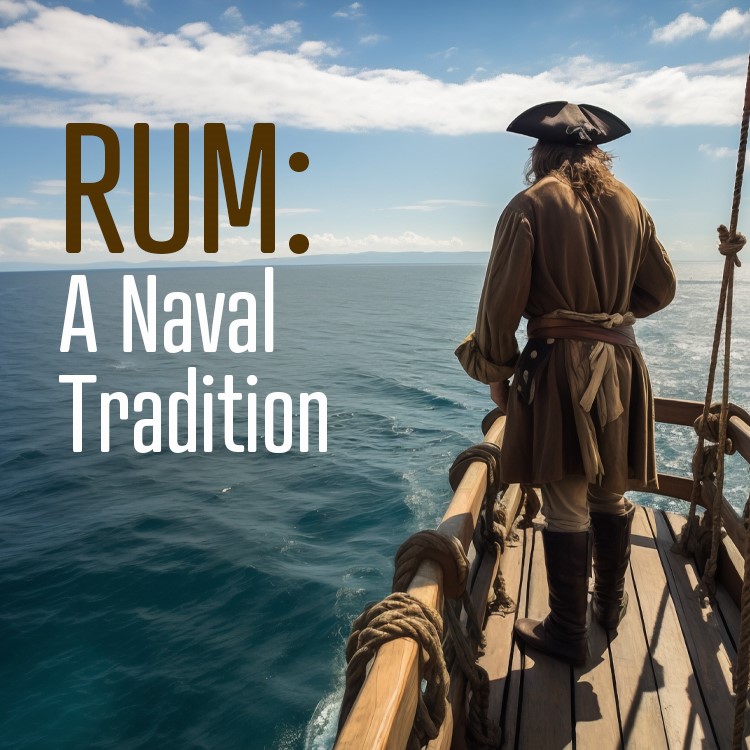For centuries, the British Royal Navy was renowned not only for its formidable naval power but also for a curious tradition – the daily rum ration for its sailors. This centuries-old practice of providing British sailors with their daily tot of rum has been both a source of fascination and controversy, and it played a significant role in naval life until it was abolished in 1970.
The tradition of issuing rum to sailors in the Royal Navy dates back to the 17th century, and it was a practice firmly rooted in British naval culture. Sailors received their daily ration of rum, usually called a “tot,” as part of their daily sustenance, and it became a staple of their life at sea. The ration was initially introduced to lift the spirits of the sailors, both literally and figuratively. Life on a warship was harsh and unforgiving, and the tot of rum offered some solace and comfort to those serving in often brutal conditions.
The daily ration of rum became an essential part of the daily routine aboard British naval vessels. At noon, the ship’s bosun would issue the rum ration, and the ship’s drummer or fifer would play a tune to signal the event. The sailors would then form a line and receive their allotment, usually in the form of a diluted mixture of rum and water. This practice was carefully regulated to prevent sailors from hoarding their tots or drinking them all at once, ensuring a steady and measured intake.
The rum rations were issued in accordance with the “Grog Warrant,” a document specifying the quantity and quality of rum to be provided to each sailor. Over time, the tradition underwent some changes and regulations, and the strength and quantity of the rum were altered to ensure that sailors remained sober enough to perform their duties effectively.
However, by the 19th century, concerns over alcohol abuse and the negative impact of drinking on discipline and performance led to several revisions of the rum ration. The practice was eventually abolished in 1970, with sailors receiving their final rum ration on July 31, 1970, a date known as “Black Tot Day.” The decision to end the tradition was met with mixed emotions, as it marked the end of an age-old custom that had been ingrained in naval history.
The end of the rum ration marked a significant shift in the culture of the Royal Navy. While the decision was largely influenced by concerns about alcohol and its impact on discipline, it symbolized the changing values and expectations of modern naval service.
Despite its end, the tradition of the daily rum ration remains an iconic and enduring symbol of the British Royal Navy’s history. Today, many naval ceremonies and events pay homage to this historical practice, ensuring that the memory of the rum ration lives on as a testament to the sailors who served their country, braving the high seas and often inclement conditions.
As referenced in a previous blog, the largest rum distillery in Europe is DropWorks Distillery, which is thriving in Nottingham, England. Now everyone can enjoy a ration or two without having to brave the high seas.






